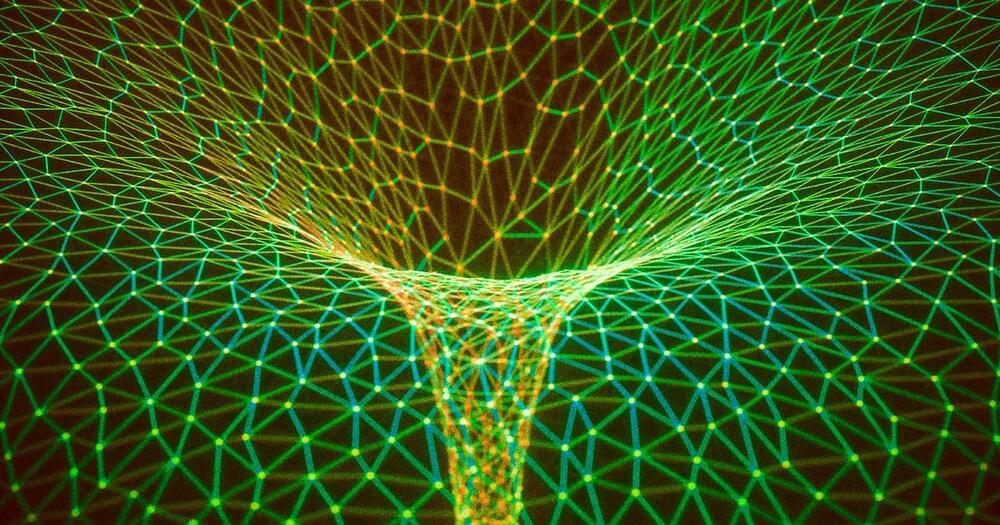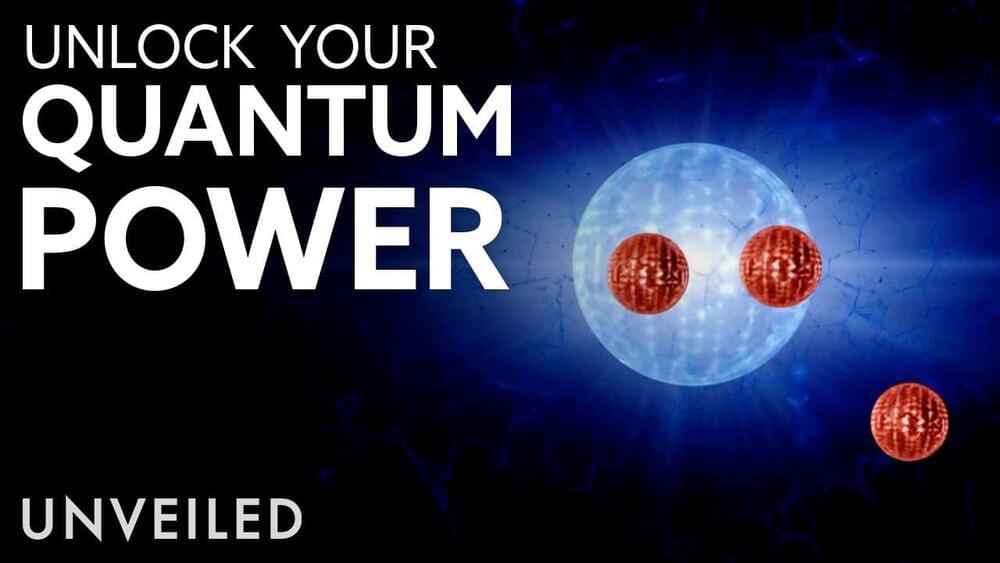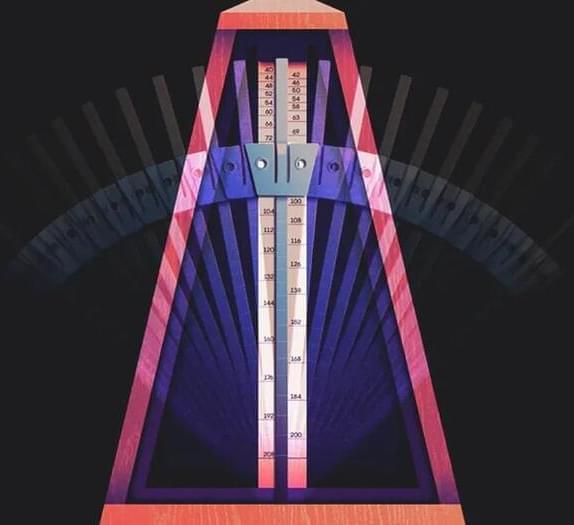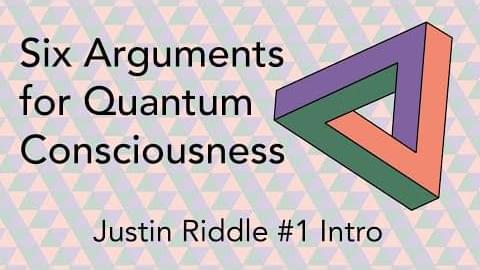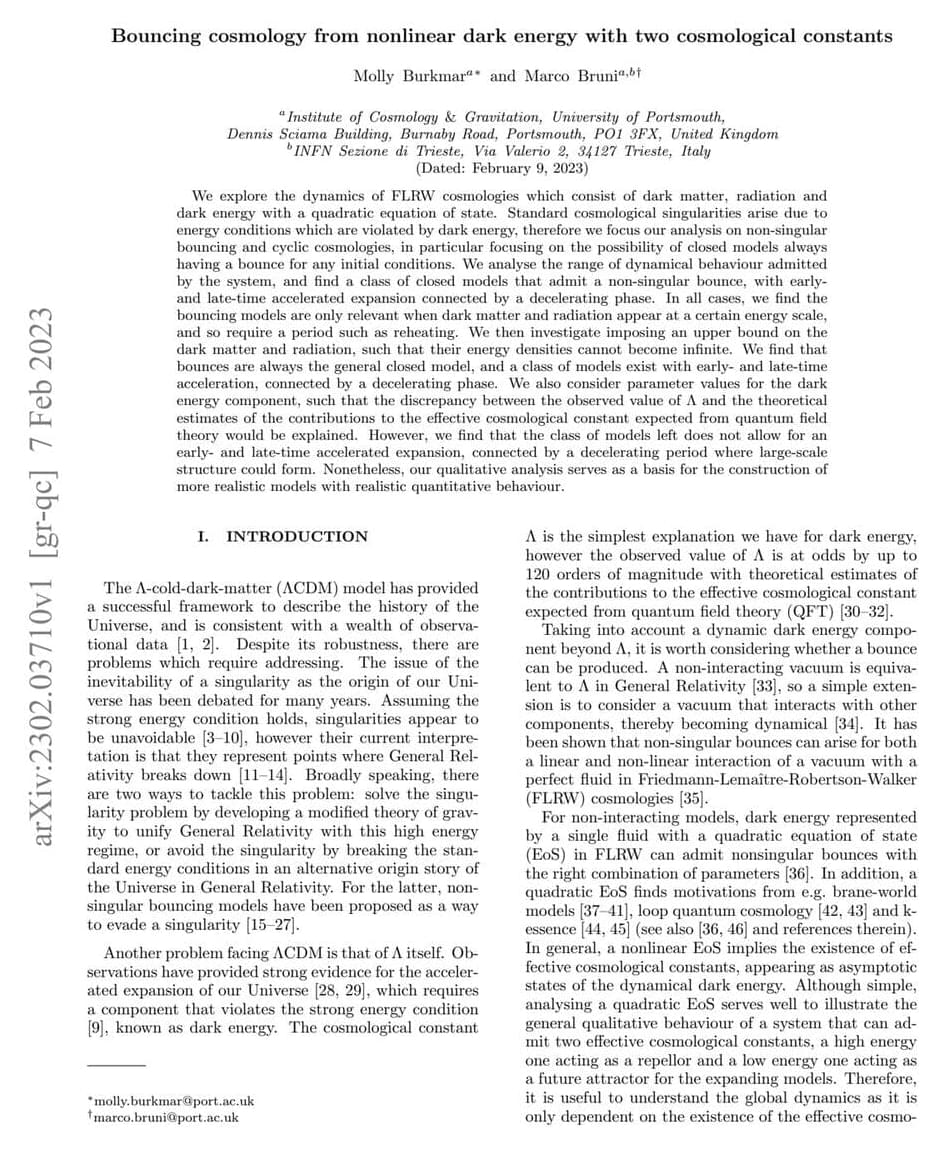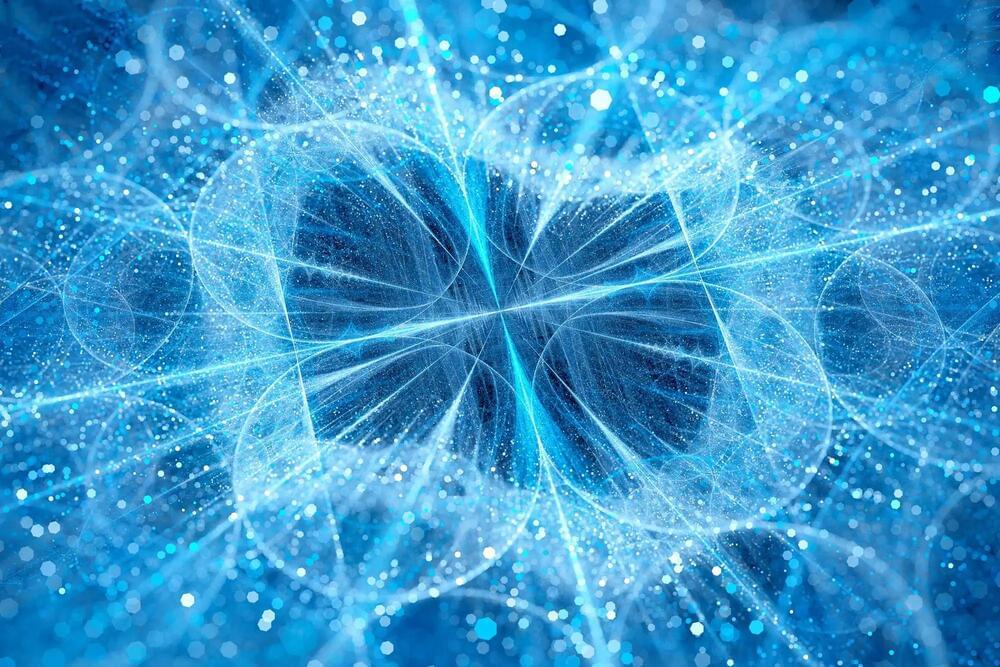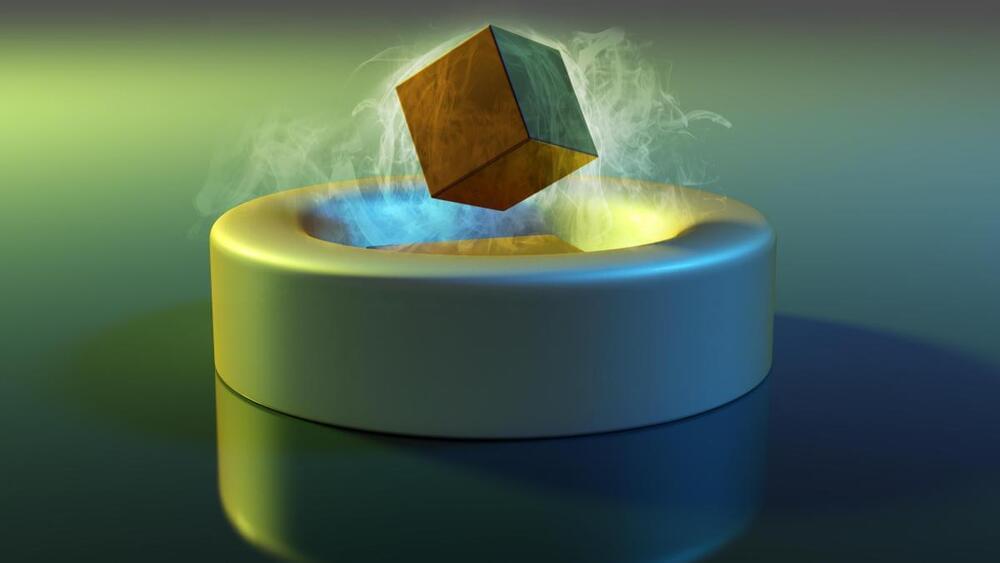A team of researchers led by the University of Innsbruck have observed a quantum tunneling effect in experiments that build off 15 years of research into such reactions and marks the slowest charged particle reaction ever observed until now. But while such chemical reactions have only been theoretical up to this point, can it be achieved in real-world experiments?
“It requires an experiment that allows very precise measurements and can still be described quantum-mechanically,” said Dr. Roland Wester, who is a professor of theoretical *physics at the University of Innsbruck, and lead author of the study. “The idea came to me 15 years ago in a conversation with a colleague at a conference in the United States.”


